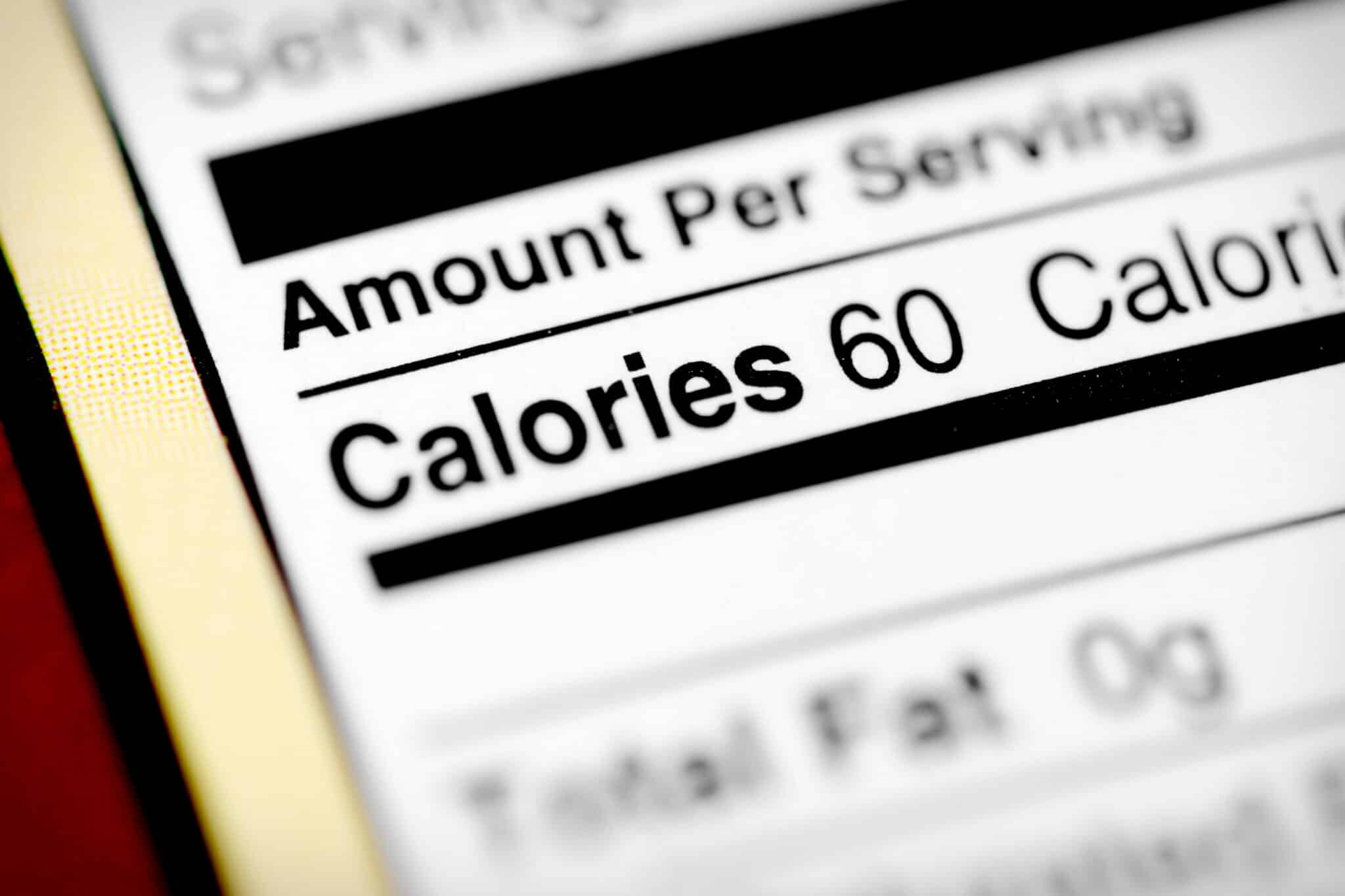Individuals who maintain a healthy diet while smoking weed (cannabis) often experience a complex interplay of effects that can influence their overall health and lifestyle. Many individuals who use cannabis for medicinal purposes also prioritize a holistic approach to wellness, integrating healthy eating, regular exercise, and mindfulness practices.
A healthy diet can aid in managing stress and anxiety, complementing the stress-relieving properties of cannabis, and promoting a balanced lifestyle. So, we know that you do not have to choose between a healthy lifestyle or smoking marijuana, since many do both. But, the question is, does marijuana have calories?
The Calorie Content of Marijuana
Marijuana itself contains negligible calories because it is not typically consumed as a food but rather smoked, vaporized, or used in extracts. The plant material does not contribute significant calories when used this way.
However, the situation changes if marijuana is used in edible forms such as brownies, cookies, gummies, or other infused foods and beverages. The calorie content in these cases comes primarily from the other ingredients used in the recipes, not from the marijuana itself.
Calorie Intake from Smoking or Vaporizing Weed
When marijuana is smoked or vaporized, the primary components being consumed are cannabinoids like THC (tetrahydrocannabinol) and CBD (cannabidiol). These compounds do not contain calories. Instead, they interact with the body’s endocannabinoid system to produce various effects. Smoking or vaporizing marijuana involves inhaling the active ingredients, which leads to rapid onset of effects but does not add any caloric content to the user’s diet.
Calorie Intake from Marijuana Edibles
In contrast, consuming marijuana in edible form introduces a different dynamic concerning calorie intake. The calorie content in edibles comes primarily from the other ingredients used in the recipes, not from the marijuana itself. Here are some common examples:
- Marijuana Brownies: The calorie content of marijuana brownies largely depends on the recipe used. A typical brownie can range from 200 to 500 calories per serving. The calories come from ingredients such as butter, sugar, flour, and chocolate.
- Marijuana Gummies: These often contain around 10 to 20 calories per piece. The calories are mostly from sugars, gelatin, and flavorings added to create the gummy texture and taste.
- Marijuana Beverages and Liquid THC: The calorie content in marijuana-infused drinks can vary widely. Some drinks contain as few as 50 calories per serving, while others, particularly those with added sugars, syrups, and flavorings, can contain 200 or more calories per serving.
Differences in Caloric Impact
Smoking or vaporizing marijuana delivers the active compounds without adding any caloric content. On the other hand, edibles integrate marijuana into food products, which inherently contain calories from their base ingredients. This means that users of marijuana edibles need to be mindful of their overall caloric intake, especially if they consume multiple servings.
The method of consumption also affects how quickly and intensely marijuana’s effects are felt. While smoking or vaporizing results in rapid onset of effects, edibles take longer to metabolize (usually between 30 minutes to 2 hours) but tend to have more prolonged and intense effects. Users might consume more edible products while waiting for the effects to kick in, inadvertently increasing their caloric intake.
Nutritional Considerations
For individuals who use marijuana regularly, the choice between smoking and consuming edibles can have significant implications for their dietary habits and overall health. It is essential to balance the potential benefits of marijuana consumption with an awareness of its impact on caloric intake and nutritional balance.
How the Munchies Could Lead to Weight Gain
The phenomenon commonly referred to as “the munchies” is a well-known side effect of marijuana (cannabis) use. This increased appetite from the munches can significantly impact dietary habits and potentially lead to weight gain. Here’s how:
- Increased Appetite Stimulation
- Preference for High-Calorie Foods
- Disruption of Regular Eating Patterns
- Caloric Surplus
- Behavioral Factors
Marijuana, particularly strains high in THC (tetrahydrocannabinol), can stimulate appetite by interacting with the brain’s endocannabinoid system. This system plays a crucial role in regulating hunger and satiety. When THC binds to cannabinoid receptors in the brain, it can enhance the sense of smell and taste, making food more appealing and enjoyable. As a result, users may find themselves craving food more intensely and frequently.
During the munchies episodes, individuals often crave foods that are high in calories, sugars, and fats. Common cravings include snacks like chips, cookies, ice cream, and fast food. These foods are typically dense in calories but lack essential nutrients, leading to an increased caloric intake without corresponding nutritional benefits. The preference for calorie-dense, low-nutrient foods can contribute to an imbalance in energy consumption and expenditure.
The munchies can lead to irregular eating patterns, such as late-night snacking or overeating during or after marijuana use. These disruptions can interfere with the body’s natural hunger and fullness cues, making it harder to maintain a balanced diet. Over time, these irregular eating habits can contribute to weight gain.
Weight gain occurs when there is a sustained caloric surplus—consuming more calories than the body burns. The munchies can cause individuals to consume excess calories beyond their daily energy requirements. Even if the increased caloric intake happens sporadically, over time, it can add up and lead to gradual weight gain.
Marijuana use can also affect motivation and physical activity levels. Some users might experience decreased motivation to exercise or engage in physical activities, leading to a more sedentary lifestyle. Combining increased caloric intake with reduced physical activity creates a recipe for weight gain.
Strategies to Mitigate Weight Gain from the Munchies
- Choose Healthy Snacks: Opt for nutrient-dense, lower-calorie snacks like fruits, vegetables, nuts, and whole grains. Preparing healthy snacks in advance can make it easier to choose better options when the munchies hit.
- Stay Hydrated: Sometimes, thirst can be mistaken for hunger. Drinking water before reaching for snacks can help manage hunger cues more effectively.
- Portion Control: Be mindful of portion sizes. Using smaller plates or pre-portioning snacks can help prevent overeating.
- Maintain Regular Meal Times: Sticking to regular meal times can help regulate hunger and reduce the likelihood of excessive snacking.
- Stay Active: Incorporate regular physical activity into your routine to balance out increased caloric intake and promote overall health.
Can Cannabis Help You Lose Weight?
The relationship between cannabis and weight loss is complex and not fully understood. While cannabis is often associated with increased appetite (commonly known as “the munchies”), some studies and anecdotal evidence suggest it may have potential benefits for weight management under certain conditions. Here are key points to consider:
1. Metabolic Effects
Some research indicates that cannabis use may influence metabolism. THC (tetrahydrocannabinol), the psychoactive compound in cannabis, can interact with the body’s endocannabinoid system, which plays a role in energy balance and metabolism. There is some evidence to suggest that regular cannabis users might have lower body mass index (BMI) and lower rates of obesity compared to non-users. However, this relationship is not fully explained and may involve multiple factors.
2. Appetite Regulation
While THC is known for increasing appetite, CBD (cannabidiol), another major cannabinoid found in cannabis, may have different effects. Some studies suggest that CBD might help reduce appetite and promote fat browning—a process where white fat is converted into brown fat, which burns calories. This could potentially contribute to weight loss.
3. Insulin Sensitivity
There is some evidence that cannabis might improve insulin sensitivity, thereby helping to regulate blood sugar levels. Improved insulin sensitivity can prevent excessive fat storage and may aid in weight management4.
4. Increased Physical Activity
For some users, cannabis can enhance the enjoyment of physical activities, such as hiking, yoga, or other exercises. This increased activity level can help with weight management by burning additional calories.
5. Stress Reduction
Cannabis is sometimes used to alleviate stress and anxiety, which can be beneficial for people who struggle with stress-related eating. By reducing stress, cannabis might indirectly help some individuals avoid overeating.
Staying Healthy and Happy
While a healthy diet can offer numerous benefits, it doesn’t negate the potential risks associated with smoking weed. However, individuals who consciously maintain a healthy diet while using cannabis may better manage their overall well-being, leveraging the positive aspects of both practices.
It’s always advisable to consult healthcare professionals when making lifestyle changes involving diet and cannabis use. Give Cannabis Doctor X a call to speak with a medical marijuana doctor.



